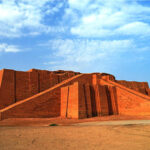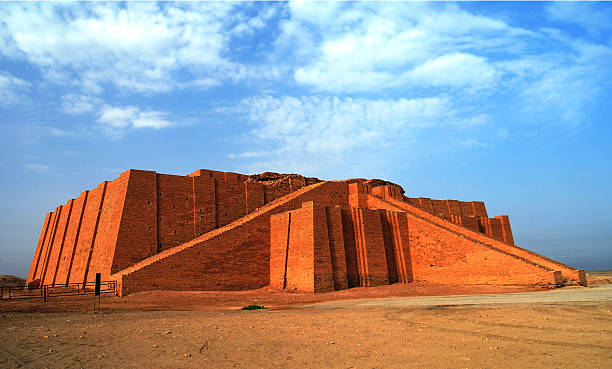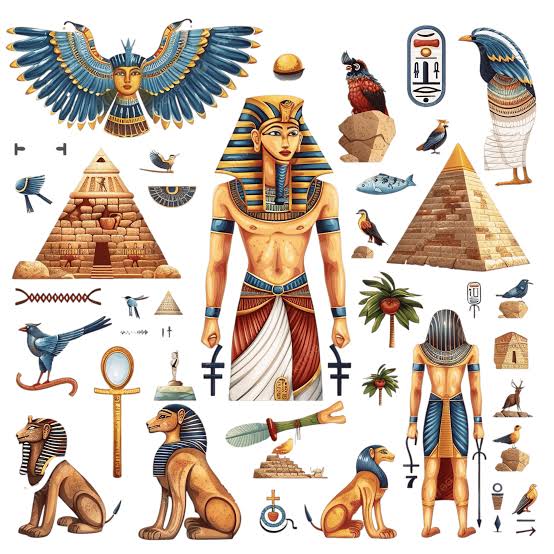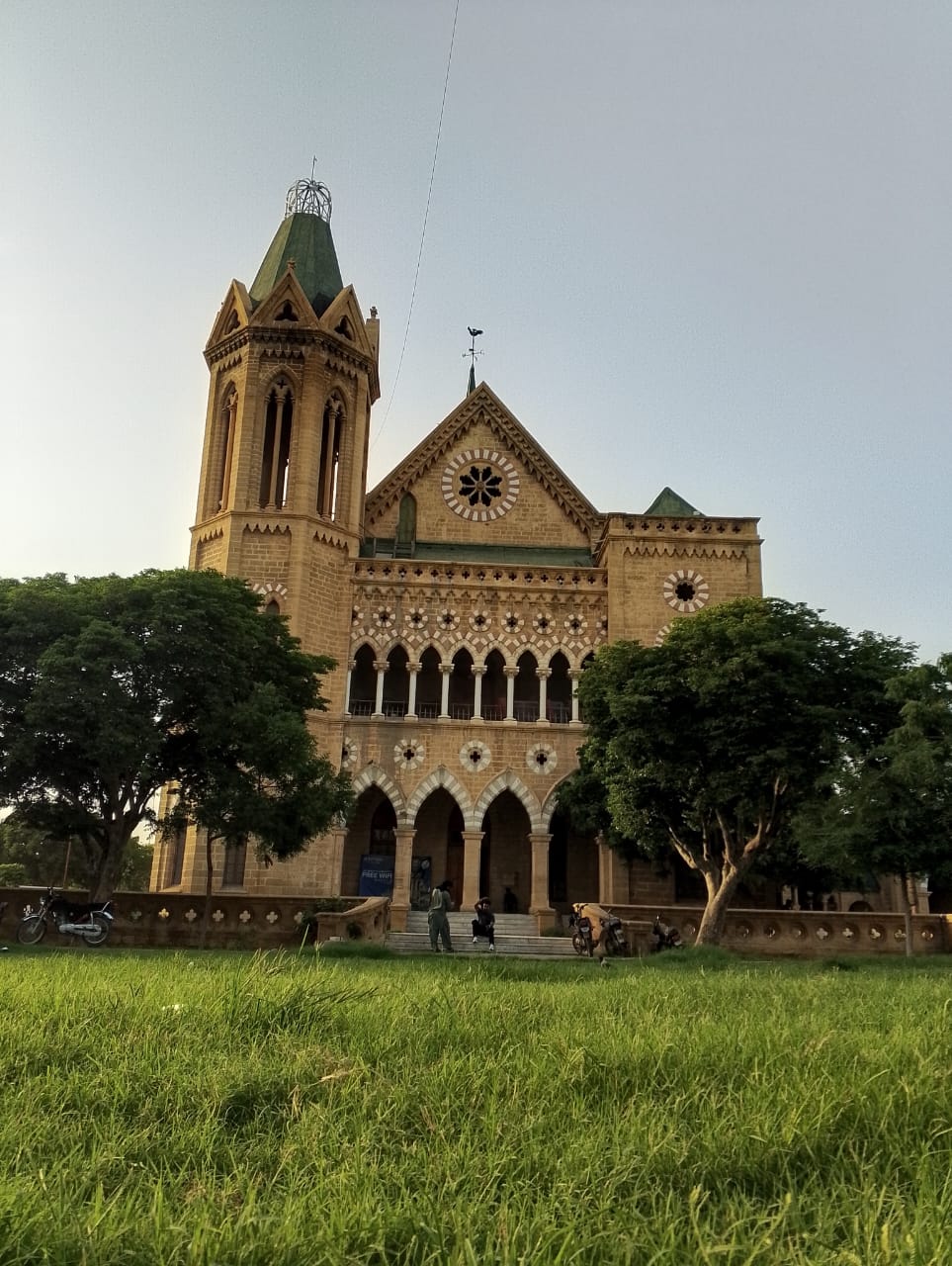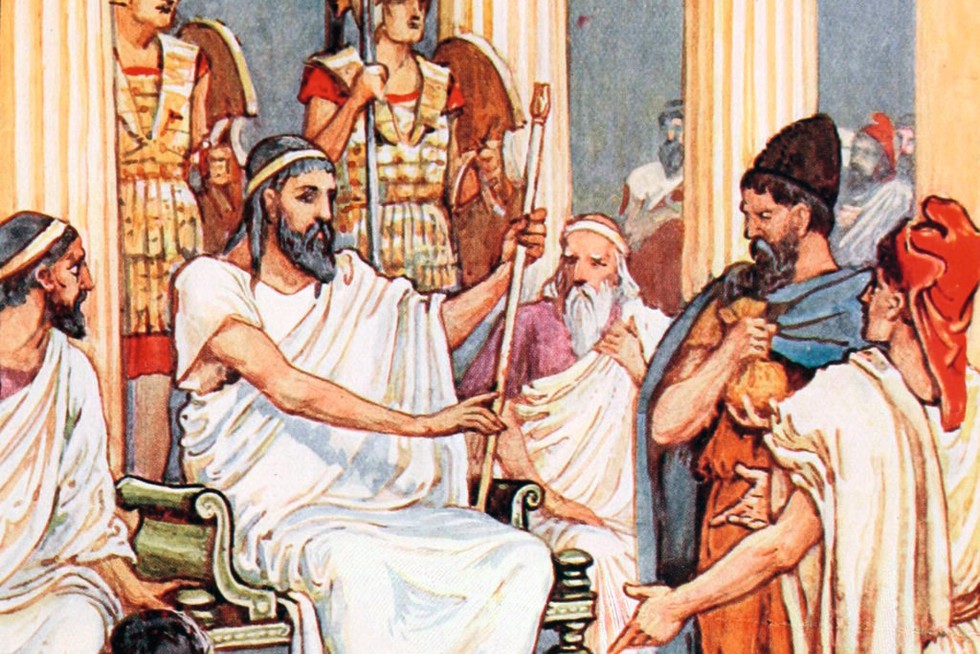History is the record of past events, including social, political, and economic conditions, along with wars, victories, and defeats. Human history reflects all changes—positive or negative—that were passed from one generation to another and still influence society today.
Every victory or defeat leaves visible traces on the present and the future. Past experiences continue to shape societies, either clearly or subtly, through internal and external factors rooted in history.
Wars and Their Lasting Impact on the Indian Subcontinent.
The conflicts between the Durāvārs and the Aryans created class divisions in society. These divisions still shape the structure of the Indian subcontinent. Alexander the Great’s attack on Sindiman (modern Sehwan) left scars that remain part of Sindh’s identity. Similarly, the Arab conquest and the defeat of Maharaja Dahir left wounds in Sindh that have not completely healed.
The arrival of Greeks and Romans also influenced local culture. Even today, references to their traditions and deities can be found in Sindh. Roman cemeteries in the region stand as evidence of their presence.
Arab Conquests and the Spread of Islam.
The Arab conquest brought major change to Sindh and the entire Indian subcontinent. With the spread of Islam, society became divided between Hindus and Muslims. Earlier, Buddhism and Jainism had coexisted with Hinduism, though often in conflict, but all were native to the region. Islam, by contrast, was viewed as foreign, which made acceptance difficult.
How does history influence people? read deity and it’s influence on society.https://khahori.com/the-anonymous-deity-of-the-indus-civilization-kartikeya/
Ismaili Muslims recognized this challenge. They adapted Islamic teachings to local traditions. Instead of rejecting old practices, they linked local deities with Islamic figures. This made it easier for people to adopt Islam while keeping familiar customs.
Shared Traditions and the Rise of Sikhism.
As a result, many sacred sites and personalities in the subcontinent became respected by both Hindus and Muslims. From this cultural fusion, Sikhism emerged as a distinct faith.
The Bhaghti Movement encouraged harmony between Muslims and Hindus by emphasizing devotion and spiritual unity. At the same time, Sufism promoted coexistence by respecting both religions and encouraging peace. These historical movements left two lasting legacies: one of religious extremism rooted in invasions, and another of tolerance reflected in shrines and saints still revered by multiple communities.
The Battle of Panipat and Its Consequences.
The Battle of Panipat between the Marathas and Ahmad Shah Abdali had a deep impact on Indian history. If the Marathas had won, the map of the subcontinent might have been different.https://en.m.wikipedia.org/wiki/Battle_of_Panipat
By then, Aurangzeb’s oppressive rule had weakened India. Had the Marathas taken control, they could have guided the region toward progress, similar to the golden ages of the Gupta and Maurya dynasties. A strong, united India might have emerged. This would have made it harder for the British to establish colonial rule. Without foreign domination, India may have avoided long years of subjugation and the painful Partition of 1947.
Global Parallels: Napoleon and Hitler
The consequences of defeat are not unique to India. Napoleon Bonaparte’s and Adolf Hitler’s failures in Russia also reshaped global politics and continue to influence the world today.https://www.theguardian.com/world/2005/nov/29/france.jonhenley
Conclusion
History is more than the story of the past—it is an active force shaping human behavior, society, and politics. From ancient invasions to cultural exchanges, every event left an imprint on humanity. The Indian subcontinent reflects both division and unity, conflict and coexistence. Understanding history helps us recognize the roots of today’s challenges and opportunities.
Writer: GM Leghari

